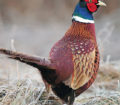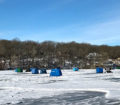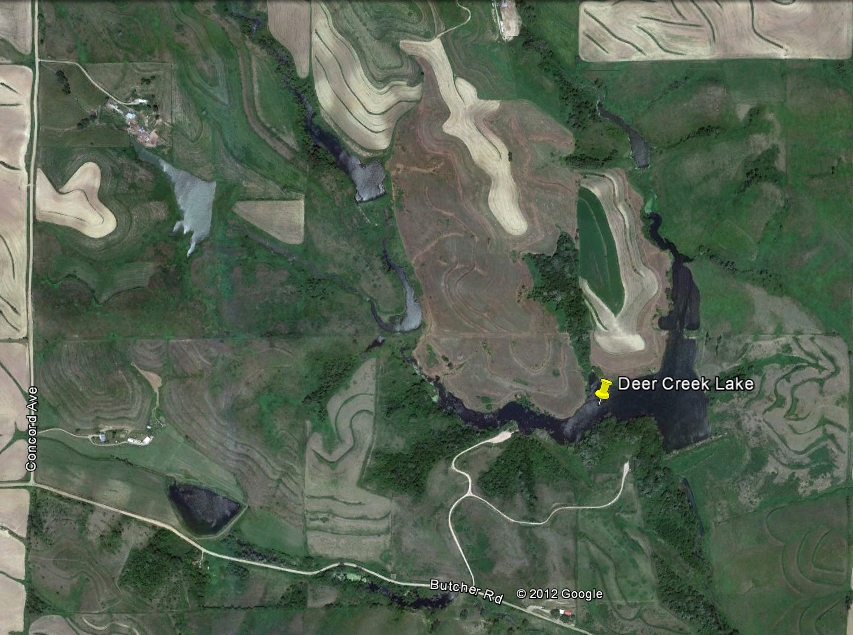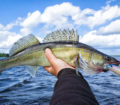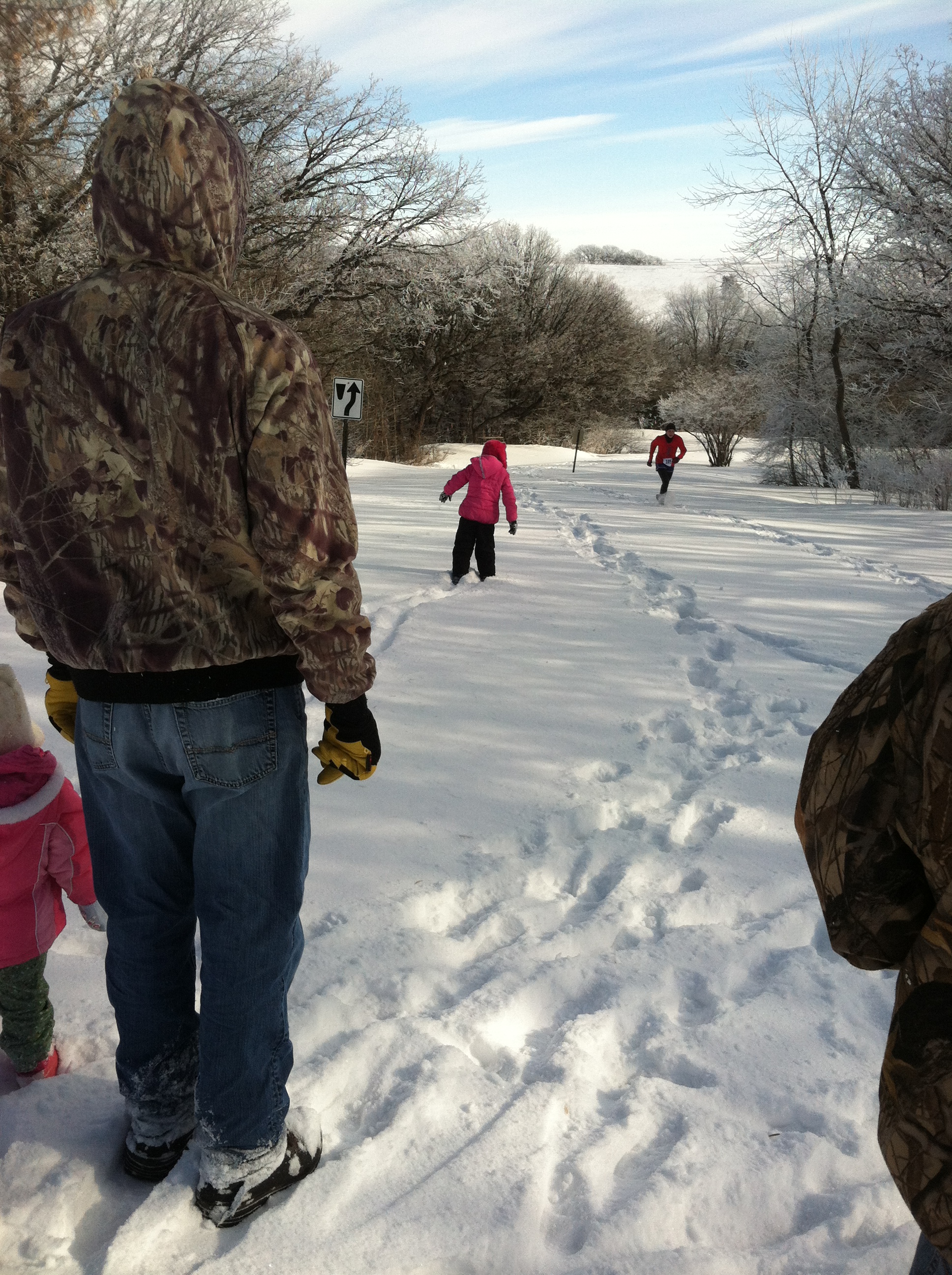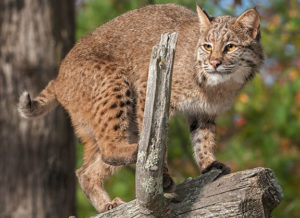 by Clark Schmitz
by Clark Schmitz
After a wonder full thanksgiving gathering in 2014 I decided to get some fresh air and headed to my deer stand for an afternoon archery hunt in the Loess Hills of Plymouth County. Having been in the stand for a good hour I began hearing a deer snorting to the North of my stand. With a North wind blowing I was sure it wasn’t reacting to my minimal movements or smell. The snorting continued and was getting closer! With the bino’s I could see the reason for the deer’s concern, a bobcat was slowly walking my way through the timber. What appeared to be a young bobcat continued towards my location until it found an opossum in a dead log some 30 yards from my deer stand. After killing the opossum the Bobcat spent the next 30 minutes eating and playing with its prey. Watching the bobcat was very exciting given the fact that this was the first bobcat I had ever seen from the deer stand in Plymouth County, IA. In previous years I had gotten a few trail camera pictures of bobcats and so was aware of their migration north.
Fast forward to Oct. of 2016 and a young male bobcat is run over by a car 15 miles NW of LeMars, IA. in an area with no timber, only row crops, and no prior indication of bobcats living in the area. The bobcat’s range is certainly expanding into NW Iowa.
The Bobcat is now very common in the Southern and Southwest parts of the state. They have rebounded from almost extinction from the cornbelt as a result of the conversion of the landscape to agriculture and unregulated hunting by early settlers.
Worldwide other spotted cats are rare or endangered, so conservation of the bobcat is regulated by the US Fish and wildlife Service under the Convention on International Trade and Endangered Species (CITES). In 1977 bobcats were listed as Endangered in Iowa and the harvest of the species was banned. With sound conservation practices the bobcat numbers in Iowa have rebounded. Hunting and trapping is again permitted in almost one third of Iowa’s counties. In counties where bobcat harvest is permitted a hunter or trapper with a fur harvester’s permit can take one bobcat per season (by either method). The harvest must be reported within 7 days to the IA DNR who will issue a CITES tag which must remain with the animal until it is sold or kept with the mounted animal. The DNR encourages those harvesting a bobcat to provide the DNR with the lower jaw of the animal for aging and data collection.
The bobcat gets its name from the short “bobbed” tail (5 to6 inches) and can be recognized by the facial ruff and short ear tufts. Fur color ranges from grey to reddish brown with white on their undersides. Males average 25 pounds with females averaging 18 pounds. A males range is approx. 22 square miles, while the female’s is approx. 8 square miles. The largest bobcat recorded in an IA State University study was a male weighing 36 pounds. Bobcats breed from late February thru April, 60 days later females give birth to 3 to 4 kittens. The kittens are helpless when born and open their eyes at about 10 days. Kittens may stay with their mother for up to 1 year.
Bobcats are rarely seen because they are most active between dusk and dawn. Their main food source is cottontail rabbit, mice and voles and fox squirrels. Although some sportsman have been worried that bobcats are affecting turkey and pheasant populations, studies show a very low number of these prey in the stomachs of bobcats which does not support that view.
The Iowa DNR has been tracking the distribution of the bobcat thru a mail survey of archery hunters who report bobcats and other carnivores that they see. This provides a reliable way track trends in various regions in Iowa. The surveys indicate bobcats in many counties in Iowa although they are most common only in the southern third of Iowa and to a lesser extent along the loess hills of western Iowa. Land features that are associated with bobcats include the presence of grassland, including CRP, watersheds, along with forest habitat.
The bobcat’s range is certainly expanding in Iowa. Their expansion into North Central Iowa will be limited by the lack of habitat normally preferred by the bobcat. North Eastern Iowa may well have the habitat to support numbers seen now in southern Iowa.
Wildlife species that can adapt to new environments (such as the white tail deer and coyote) are dramatically expanding their home range. Can the bobcat continue to adapt and expand its range? It will be fun to watch!
Clark Schmitz
Brunsville, IA.

